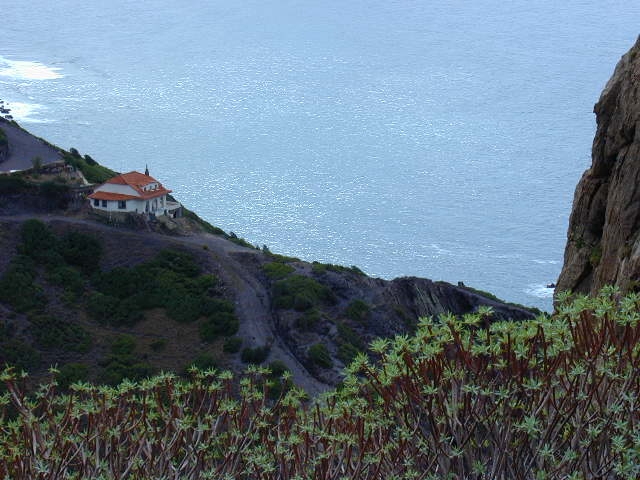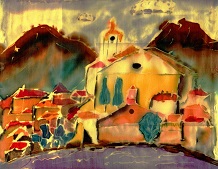zurück

Buggeru Sadrinien Idyllische Badebuchten - Strandauszeit im
Mittelmeer
Buggeru
is a small town located in the
Sulcis-Iglesiente region in
southern Sardinia, Italy. It's a quiet and picturesque destination
that’s famous for its historical significance, especially in terms of
mining heritage, and its
stunning natural surroundings. Although Buggeru is relatively small, it’s an
excellent base for exploring Sardinia’s rugged landscapes, beaches, and
historical sites related to the island’s industrial past.
Key Features of
Buggeru:
-
Mining Heritage:
- Buggeru is well-known for its
mining history,
particularly its role in sulfur
and lead extraction.
The town was once a thriving center for mining activity, and its economy
relied heavily on the mining
industry from the 19th
century through the
early 20th century.
- The mines, including the
Buggerru Mine, played a
significant part in the industrial development of Sardinia. However, the
mines have since closed, and the town has transitioned to a more
tourism-based economy.
- Today, remnants of the mining era
can be seen around Buggeru, and the
Museo del Carbone
(Museum of Coal) in the nearby town of
Carbonia offers
visitors a deeper understanding of Sardinia’s mining past.
-
Natural Beauty:
- Buggeru is located near some of
the most beautiful coastal
landscapes in Sardinia. The surrounding region is characterized
by rugged hills,
dense forests, and
beautiful beaches,
making it an ideal spot for nature lovers and outdoor enthusiasts.
-
Cala Domestica, one
of the most famous beaches near Buggeru, is known for its
clear waters,
golden sand, and
dramatic cliffs. It’s a quiet and secluded spot, perfect for swimming,
snorkeling, and sunbathing.
- The area is also great for
hiking and exploring,
with several nature trails
that take visitors through the hills and down to the coast.
-
Beach and Coastal Activities:
- The
beaches around Buggeru
are among Sardinia’s most pristine and less crowded, which is ideal for
those seeking a peaceful beach experience. In addition to
Cala Domestica, there
are other small coves and beaches, such as
Portixeddu and
Plage de la Caletta.
- These beaches offer crystal-clear
waters, great for swimming and water sports, including
snorkeling,
kayaking, and
windsurfing.
-
Historical Significance:
- While Buggeru is best known for
its mining history, it also has connections to
Sardinia’s rural and
agricultural past. The town’s
churches and
old houses reflect
the island’s traditional way of life, giving visitors a glimpse into the
everyday lives of Sardinians before the industrial boom.
- The town is located near the
Iglesiente mountains,
which are rich in history, and many of the nearby towns, such as
Iglesias, also have a
long historical and architectural heritage that can be explored.
-
Cultural and Folkloric Traditions:
- Like many small towns in Sardinia,
Buggeru celebrates traditional
Sardinian festivals and
cultural events
throughout the year. These festivals often feature
folk music,
traditional dancing,
and local crafts, showcasing Sardinian culture and customs.
- The
religious festivals,
particularly those dedicated to local saints, are an important part of
life in Buggeru, as in many Sardinian towns.
-
Access and Getting Around:
-
Buggeru is accessible
by car from the nearby larger town of
Iglesias, which is
about 20 kilometers
away. The town itself is relatively small, and the area around it is
best explored by car, especially if you want to visit the
beaches and
nature reserves.
- Public transportation in this area
is limited, so renting a car is highly recommended to get the most out
of your visit to Buggeru and the surrounding attractions.
-
Nearby Attractions:
-
Iglesias: A
historical town with several important
mining heritage sites,
medieval churches, and charming old streets.
-
Parco Geominerario Storico e
Ambientale della Sardegna (Geological and Mining Park of
Sardinia): A UNESCO-listed park that highlights Sardinia’s mining
history, including old mine shafts and industrial buildings.
-
Grotte di Su Mannau:
A network of caves
located near the town of
Fluminimaggiore, which can be explored on guided tours. These
caves have impressive
stalactites and
stalagmites and are part of the island’s geological heritage.
-
Best Time to Visit:
- The best time to visit Buggeru is
during the spring and
early autumn months
(April to June, September to October). The weather is pleasant for
outdoor activities, including hiking and beach visits, and the region is
less crowded than in the peak summer months.
- During
summer (July and
August), the beaches can get busier, but the weather is ideal for
beach-related activities.
-
Winter months are
cooler and quieter, and many of the coastal activities may not be ideal,
but the countryside and historical attractions can still be explored.
In Summary:
Buggeru is a charming town that offers a mix of
history,
nature, and
relaxation. Whether you're
interested in exploring Sardinia’s mining past, hiking through scenic
landscapes, or enjoying the serene beaches, Buggeru provides a quiet,
off-the-beaten-path experience. Its proximity to both historical sites and
natural beauty makes it an excellent destination for those seeking a more
tranquil, authentic Sardinian experience.
 26.07.25 Copyright Dirk
Rauschenbach Koelnerstrasse 293 51702 Bergneustadt
Datenschutzerklaerung 02261 9788972 Mail ccooly(
at) web.de
26.07.25 Copyright Dirk
Rauschenbach Koelnerstrasse 293 51702 Bergneustadt
Datenschutzerklaerung 02261 9788972 Mail ccooly(
at) web.de
 Safaris
Bergsteigen
Wandern
Inselwandern Weltweit
Safaris
Bergsteigen
Wandern
Inselwandern Weltweit
 Europa
Inselwandern
Europa
Inselwandern
 Städtewandern
Städtewandern
 Paintings
Paintings Dirk Rauschenbach
Dirk Rauschenbach
 Safaris
Bergsteigen
Wandern
Inselwandern Weltweit
Safaris
Bergsteigen
Wandern
Inselwandern Weltweit
 Europa
Inselwandern
Europa
Inselwandern
 Städtewandern
Städtewandern
 Paintings
Paintings Dirk Rauschenbach
Dirk Rauschenbach

![]() 26.07.25 Copyright Dirk
Rauschenbach Koelnerstrasse 293 51702 Bergneustadt
Datenschutzerklaerung 02261 9788972 Mail ccooly(
at) web.de
26.07.25 Copyright Dirk
Rauschenbach Koelnerstrasse 293 51702 Bergneustadt
Datenschutzerklaerung 02261 9788972 Mail ccooly(
at) web.de